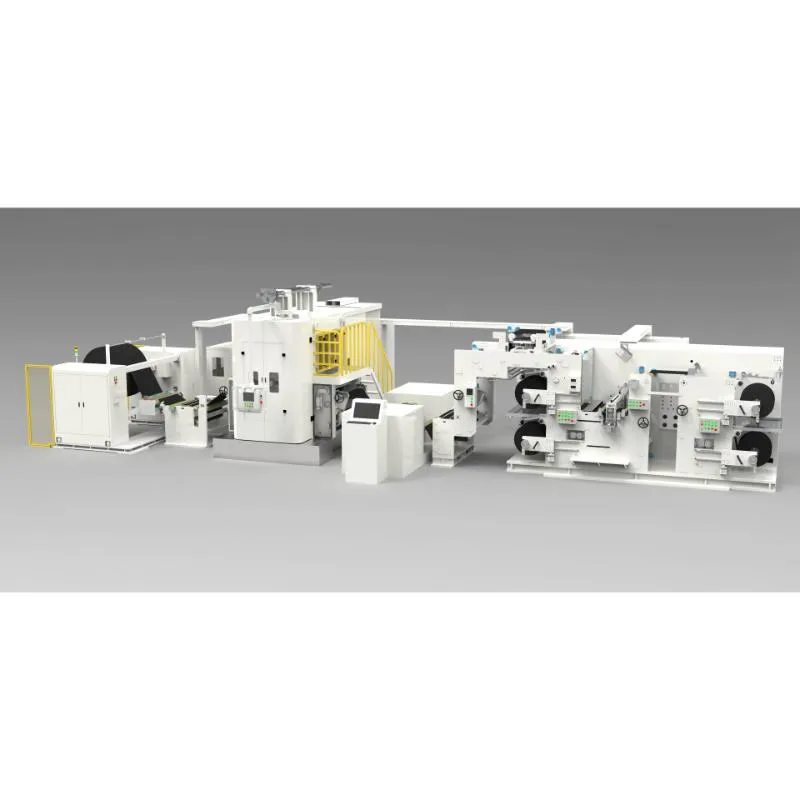china rear door rubber seal fmea
Failure Modes and Effects Analysis (FMEA) for China's Rear Door Rubber Seal
In the automotive industry, ensuring that each component functions effectively is critical for vehicle safety, performance, and customer satisfaction. One such critical component is the rear door rubber seal, which plays an essential role in sealing the door edges. The primary function of this seal is to prevent water intrusion, reduce noise penetration, and provide thermal insulation. Given the importance of this component, conducting a Failure Modes and Effects Analysis (FMEA) for the rear door rubber seal is essential for identifying potential failures and implementing corrective actions.
Understanding FMEA
FMEA is a systematic approach for evaluating processes to identify where and how they might fail and assessing the relative impact of different failures, in order to identify the parts of a process that are most in need of change. In this context, FMEA helps engineers and quality assurance teams to pinpoint potential failure modes of the rear door rubber seal, understand their consequences, and prioritize actions to mitigate risks.
Potential Failure Modes of Rear Door Rubber Seal
1. Material Degradation Over time, rubber can degrade due to environmental factors such as UV radiation, ozone exposure, and extreme temperatures. This degradation can lead to cracks and loss of elasticity, compromising the seal’s effectiveness.
2. Improper Installation If the rubber seal is not installed correctly, it may not fit properly against the door frame. This can lead to gaps that allow water and air intrusion, as well as sound leakage.
3. Compression Set When the rubber seal is compressed over time, it may suffer from a phenomenon known as compression set, where it loses its ability to return to its original shape. This affects the seal's ability to maintain contact with the door frame and perform its sealing function.
4. Contamination Exposure to dirt, oil, or other contaminants can degrade rubber properties. Additionally, if foreign materials are trapped between the seal and the door frame, it can further inhibit the effectiveness of the sealing mechanism.
5. Poor Design The design of the rubber seal itself can lead to failure modes if it does not accommodate the specific requirements of the vehicle's rear door. For instance, a design that fails to account for the expansion and contraction of materials due to temperature changes may result in ineffective sealing.
china rear door rubber seal fmea

Effects of Failures
The consequences of these failure modes can vary widely. Material degradation can lead to water leaks, causing interior damage, rust, and potential safety hazards. Improper installation can result in noise and vibrations during driving, diminishing the overall user experience. A compression set may lead the seal to fail prematurely, necessitating costly replacements and repairs. Contaminated seals may also represent a maintenance issue, requiring frequent cleaning or replacement. Lastly, poor design can expose manufacturers to increased warranty claims and decreased customer satisfaction.
Risk Priority Number (RPN) and Mitigation Strategies
To prioritize risks associated with these failure modes, the RPN is calculated by multiplying the severity, occurrence, and detection ratings. High RPN values indicate a need for immediate intervention. Mitigation strategies may include
1. Material Selection Utilizing higher-quality, more resilient rubber compounds designed to withstand environmental stresses.
2. Installation Guidelines Developing comprehensive installation procedures, accompanied by training programs for technicians to ensure correct installation practices.
3. Quality Control Implementing rigorous quality assurance processes to check for contamination before seals reach assembly.
4. Design Reviews Conducting thorough design assessments and simulations to anticipate potential failure modes in the design phase.
In conclusion, conducting FMEA for China’s rear door rubber seal is vital for enhancing product reliability and customer satisfaction. By understanding potential failure modes and their effects, manufacturers can take proactive steps to mitigate risks, ensuring the durability and performance of this critical automotive component.
Share
-
Flat Rasp Techniques for Metal Surface FinishingNewsAug.22,2025
-
Can a Faulty Car Door Seal Cause Wind Noise?NewsAug.22,2025
-
How Rolling Roller Technology Improves Battery Production EfficiencyNewsAug.22,2025
-
Major Obstacles to Automating a Car Battery Assembly LineNewsAug.22,2025
-
The Role of Slitting Machines in Lithium Battery Electrode ManufacturingNewsAug.22,2025
-
Key Challenges in Lithium Battery Production Line OptimizationNewsAug.22,2025







